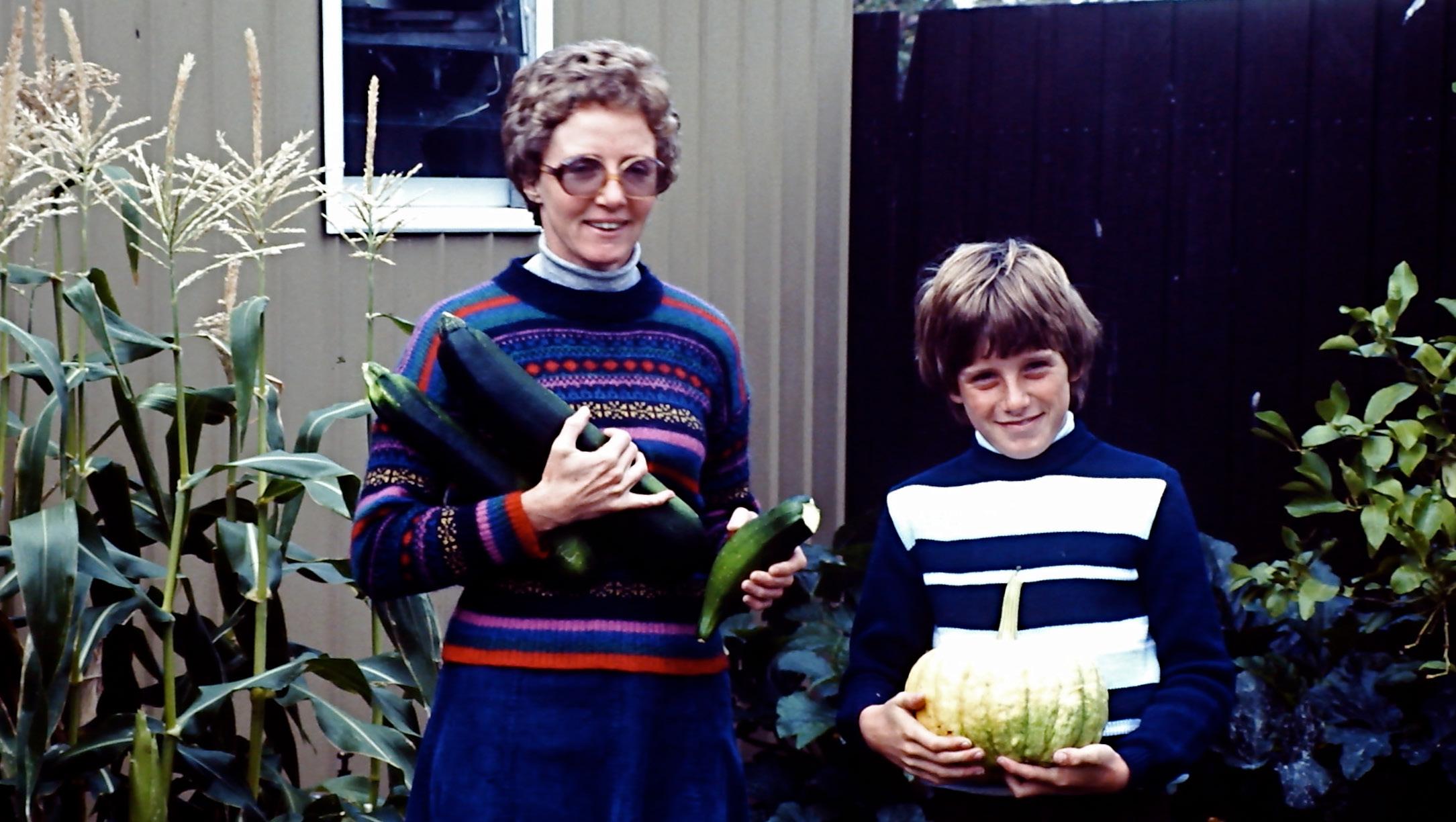FUNGI
SO MUCH MORE THAN MEETS THE EYE FIGHTING DISEASE, FEEDING FAUNA, SUSTAINING FORESTS AND RECYCLING WASTE, FUNGI, SAYS DR BRETT SUMMERELL, DESERVE TO BE CELEBRATED AS NATURE'S GOOD GUYS
22 THE GARDENS AUTUMN 2021
– probably because they are perceived as being more static than animals. That’s why mycologists are usually employed in schools of botany or, of course, in botanic gardens. When people hear the term fungi, they usually think of mushrooms. This is a misnomer because the vast majority of fungal species are microscopic and broadly termed moulds, yeasts and mildews; only becoming visible when they form colonies that we are familiar
Hexagonia tenuis, the Honeycomb Polypore, at Limpinwood Nature reserve
with on fruit and vegetables in the bottom of some of our fridges or growing on substrates like leather in very humid weather. These fungi are biochemical powerhouses with the capability to breakdown everything from plant matter to aeronautical fuel. There is great interest into researching the potential of fungi to sustainably breakdown plastics and solve one of the biggest scourges of modern society.
Photos: © Royal Botanic Gardens and Domain Trust
H
aving in the past dwelled on some of the negative aspects of fungi as plant pathogens, it’s now time – in the interests of fairness and because they are the welldeserved focus of this year’s Botanica exhibition – to accentuate the positive. For starters, it might come as a surprise to learn that the fungi are possibly the second most diverse group of organisms after the insects – and that diversity is simply spectacular. The number of species of fungi is estimated at somewhere between 1.5 and 5 million, yet only around 120,000 of them have been formally described by mycologists. So, at best, 90 per cent of the fungi, and at worst nearly 98%, are still to be discovered and described. Given that, it is likely that huge numbers will go extinct before we even find and document them all. Fungi are in a kingdom of their own and are quite separate from the plant and animal kingdoms. Of the two however, DNA analysis has shown that the fungi are much more closely related to animals than they are to plants. The cell chemistry of fungi is also much closer to that of animals as they have a compound called ‘chitin’ in their cell walls. This is the same carbohydrate polymer that is found in the exoskeletons of spiders and other insects. It’s what gives the thin cell walls of fungi rigidity and structural support. That said, the study of fungi is traditionally associated with the study of plants as a subdiscipline of botany












